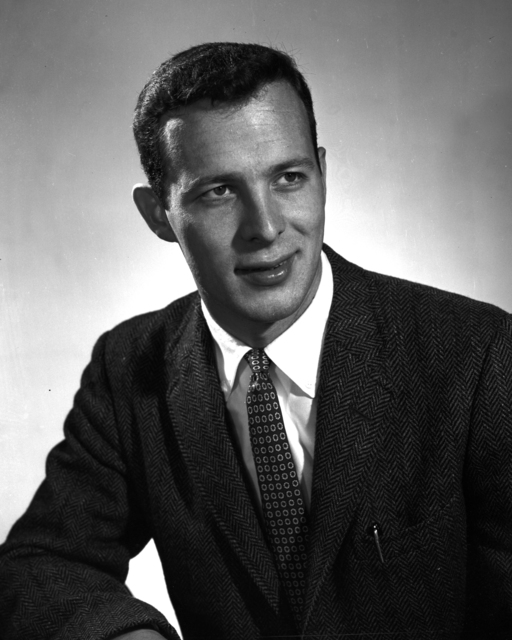
Biografia di Danilo Domenici
(1928-2000)
Thomas John Ypsilantis nacque a Salt Lake City il 24 giugno 1924 da una famiglia di origini greche.
Ottenne la laurea in chimica all’università dello Utah nel 1949, per poi trasferirsi all’Università della California a Berkeley. Qui, insieme a Emilio Segrè (suo tutor di dottorato), Owen Chamberlain e Clyde Wiegand osservò per la prima volta l’antiprotone, prodotto dall’acceleratore di protoni Bevatron del Berkeley National Laboratory. Questa scoperta fu il tema della tesi di dottorato di Ypsilantis e valse ai due membri più anziani del gruppo, Segrè e Chamberlain, il premio Nobel per la fisica nel 1959.
Dopo il dottorato ottenne la cattedra di fisica a Berkeley. Nel 1969 si trasferì al CERN di Ginevra, dove insieme a Jacques Séguinot propose, nel 1977, una tecnica innovativa per misurare la velocità di particelle cariche basata sull’effetto Cherenkov. I rivelatori da loro inventati furono poi chiamati RICH, da Ring Imaging Cherenkov counter. Il primo RICH di grande dimensioni fu installato all’apparato sperimentale DELPHI, uno dei 4 rivelatori del LEP (Large Electron Positron collider), in funzione al CERN dal 1989 al 2001.
Successivamente si dedicò allo sviluppo di calorimetri a gas nobili liquefatti e all’applicazione della tecnica del RICH a grandi rivelatori ad acqua per neutrini. Diede un contributo importante anche alla progettazione dell’esperimento LHCb, in funzione al LHC (Large Hadron Collider ) dal 2010.
Ypsilantis fu associato al CERN, al Collège de France e all’istituto Nazionale di Fisica Nucleare di Bologna. Morì il 16 agosto 2000.

